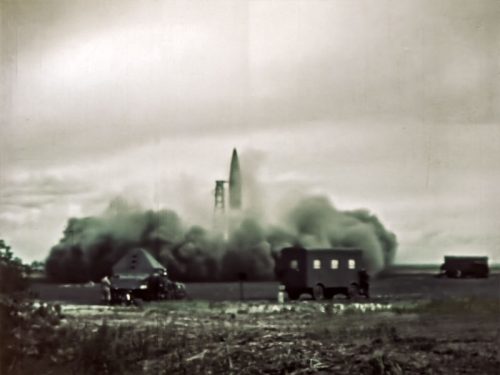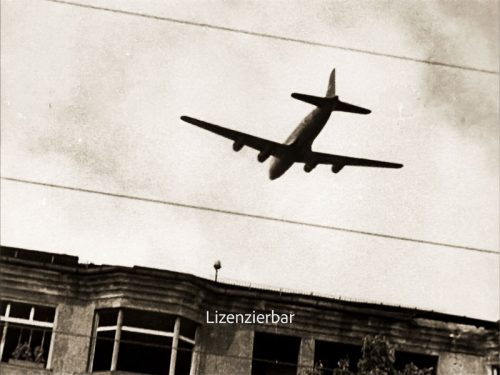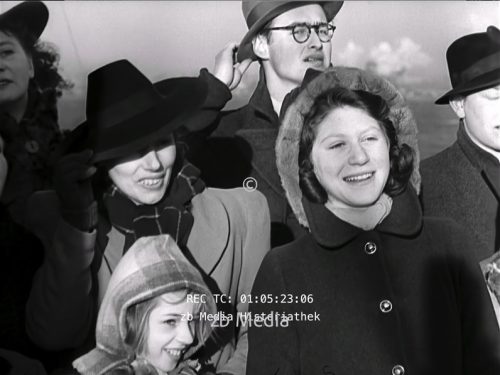Berlin Airlift 1948. Historical film footage of the Berlin Airlift 1948. film length 4:05. a licence fee of 8 x 30 seconds is charged to purchase a licence for the complete contribution.
Luftbrücke – Berlin – Berlin – Airlift from Historiathek – zb Media on Vimeo.






